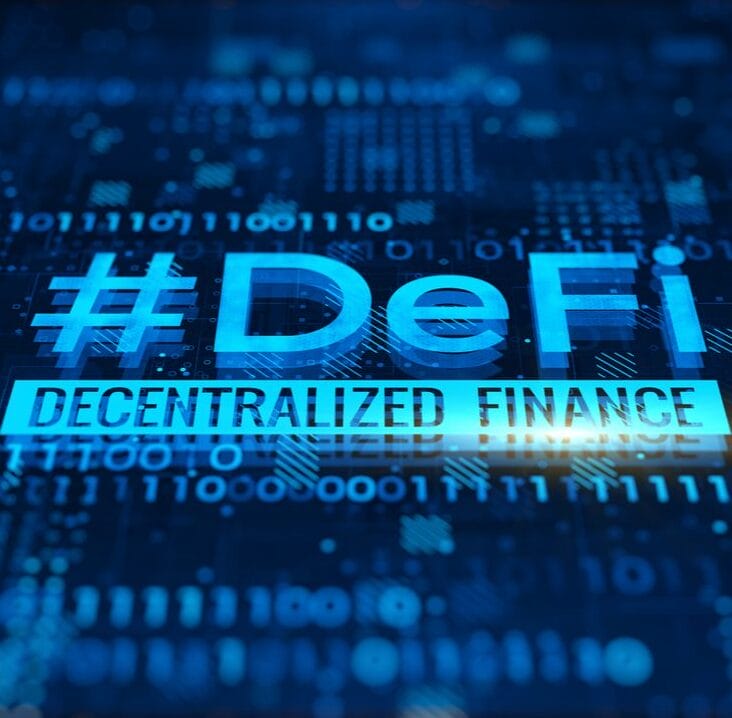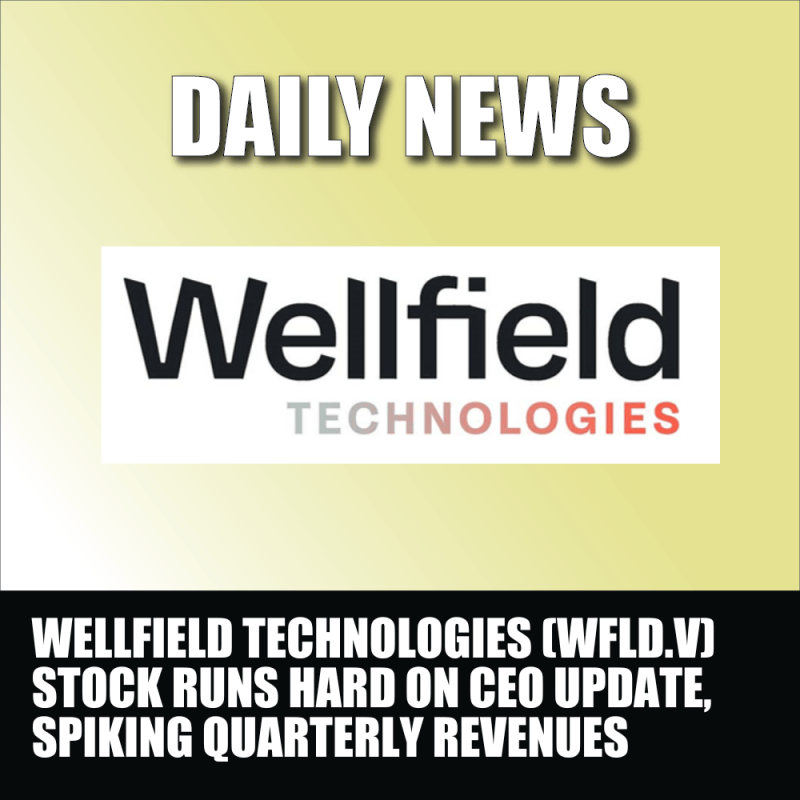The promise of decentralized finance is a new way to complete financial transactions using applications. It promises to cut out traditional financial institutions and other intermediaries and be conducted entirely over the blockchain. Essentially, its promise is the elimination of exchanges, banks, brokerages and other middle-men from the equation.
Folks deep into DeFi will tell you that decentralized finance has no centralized control and runs entirely on blockchain using smart contracts, but that’s not entirely correct. It’s more of a stretch goal for plenty of these organizations, many of which are too small to actually acquire the equipment to be truly distributed.
But they’re working on it.
DeFi platforms allows for people to lend or borrow funds, speculate on prices using derivatives like options and futures, trade crypto, insure against risk, and earn interest in savings-like accounts.
Sound great, right?
It doesn’t come without a fair amount of risk. Check out the risks below and we’ll give you two directions you can go to invest your money to mitigate the risk without missing out. Even if you’re not risk averse or generally not new to DeFi, be sure to follow us for a series of five companies to invest in if your preference is for traditional stocks over getting your feet wet directly in DeFi.
Risks with Decentralized Finance:
You don’t know who’s doing the coding. If they’re sloppy you can run into some serious problems.
Couple that fact with blockchain transactions being irreversible, which means that if someone on the other end screws up or maybe isn’t entirely on the level, then your transaction either won’t go through, or you may end up losing all your money.
Have you ever heard of Yam Finance? They were a platform that took $750 million in deposits within days of launching before crashing and burning due to a coding error.
Smart contracts are open-source, which can be copied by competing platforms, creating issues as they shift between platforms.
Also, the people or entities behind a specific DeFi protocol could potentially be unknown, and could theoretically disappear with investors’ money. Honestly, some of these DeFi protocols seem like ponzi-schemes. If you don’t understand what you’re getting into then don’t get involved.
Half of cryptocurrency crime happened either in or because of DeFi. We’re not talking about organized crime using Tether or Bitcoin to launder their cash—we’re talking about developer incompetence and the presence of weakness in the code structure of a platform, which leaves back doors open for hackers to come in and rip off the protocol.
Or theft from “rug pulls” where developers and influencers get on the promotional bandwagon and then run away with all the money without providing anything in return.
What’s My Option?
Glad you asked.
There are a handful of publicly traded companies that present risk-mitigation options ways for getting into DeFi without actually getting into DeFi.
DeFi Technologies
We covered DeFi Technologies (DEFI.E) extensively in one of our previous round-tables. They offer access to areas of decentralized finance without the need for folks to get their feet wet. These are asset management, access to new DeFi products and projects and running nodes on blockchains for block rewards. Basically, mining but usually for Proof of Stake chains, so they’re lower cost but also usually lower reward.
Now they’re intending on launching a new exchange-traded product venture together with SEBA Bank. Located in Zug, Switzerland, they’re a fully integrated, FINMA (Swiss Financial Market Supervisory Authority) licensed digital assets platform offering a bridge between digital and traditional assets.
“Through the new asset backed program, we have the possibility to launch new products that enables us to access more markets and the institutional capital. This, in combination with the trust of the FINMA regulated crypto bank SEBA and the innovation and distribution power of Valour, creates a unique offering to the market. The work is already in process and we are excited to launch the first products,” says Russell Star, CEO of DeFi Technologies.
Sounds like a good deal.
Wonderfi
Wonderfi Technologies (WNDR.E) is a tech company providing access to the DeFi ecosystem through a finance app and a digital asset portfolio consisting of both crypto and DeFi assets. Their executive team and board is from all over finance and crypto, with previous experience at Amazon, Shopify, PayPal, Galaxy Digital and Hut 8 Mining.
Their latest news details the launch of their newest division: Wonderfi Interactive. It expands their core product into play-to-earn gaming and non-fungible tokens, as well as providing a new on ramp for users into the Wonderfi ecosystem.
Prophecy DeFi
Prophecy Defi (PDFI.C) connects DeFi to investors through their investments in DeFi and Web 3.0 startups in an attempt to develop new business opportunities in a cohesive ecosystem. Their latest news involves their subsidiary, Layer2, which has been busy with liquidity mining.
Liquidity mining is when you put some of your crypto assets into asset pools and get an ongoing percentage kickback with tokens and fees. Liquidity miners are used to provide capital to a liquidity pool on a decentralized exchange (DEX), and their offerings provide support for every function the DEX includes. As such, the kickbacks miners get also come with a fee for every transaction using their offerings.
It’s a fairly cool way to make some passive income.
Mogo
Mogo (MOGO.T) provides digital solutions through a financial application that takes advantage of most aspects of the blockchain infrastructure, from buying and selling Bitcoin to getting a loan.
Their latest news involves an investment in NFT Trader, which is a Canadian company operating a secure peer-to-peer over the counter trading protocol for NFTs.
“This is also clearly just the beginning as we’re just starting to see a whole new crop of play to earn video games where players are rewarded in native crypto currency and where their characters are NFTs that can be traded. Gaming will become a key way millions onboard into crypto, and the ability for consumers to easily trade NFTs alongside crypto will become increasingly important. We believe that a next-gen financial platform will not only bridge the gap between traditional finance and DeFi, but the merging of the digital and physical worlds will become one of the biggest growth opportunities ever,” said David Feller, CEO of Mogo.
Wellfield Technologies
Wellfield Technologies (WFLD.V) builds technology using blockchain to bring next gen financial solutions to both institutions and the retail crowd. Their two products are called Seamless and MoneyClip.
Moneyclip’s services include:
- Savings
- Social Commerce
- Crowdfunding
- Investing
- Spending and Borrowing
- Cryptocurrency
- Peer to Peer
Seamless requires a bit more explanation.
Its the mechanism by which the company is going to offer interoperability between BTC and DeFi. They’re going to do this by creating an ERC20 token on the Ethereum blockchain that will act as a facilitator between BTC and DeFi.
Their latest news includes getting deep into the distributed digital identity game through their partnership with Verif-y.
More Advanced Options
If you know a thing or two about crypto and decentralized finance in particular, but aren’t quite so keen on getting in on the liquidity mining or finding a DAO to call your own, there are still options to keep you in the game. Namely, you can find and invest in the coins and protocols integral to the functioning of decentralized finance.
Here are two:
Chainlink (LINK): If a smart contract requires outside information to function it calls upon Chainlink’s oracle function to get it. Chainlink is a decentralized oracle network that connects real world data to smart contracts on the blockchain. Smart contracts are automated digital contracts that trigger automatically when certain pre-programmed conditions are met.
If DeFi does take off like many of the industry wonks say it will, then Chainlink is going to be a huge part of its future. If you’re interested in some more detailed analysis, we detailed the LINK coin in our Cryptocurrency Guide for the Perplexed series.
Uniswap (UNI): UNI is an Ethereum token that runs Uniswap, an Ethereum-based automated market maker (AMM). This token is used to create what’s called a liquidity pool, where providers get a small kickback for each purchase. It’s a system that improves with scale since more providers can help reduce fees over time. There is no orderbook or central facilitator for Uniswap. Tokens are instead exchanged through the above-mentioned liquidity pools, the actions of which are defined by smart contracts.
The UNI token is technically a governance token, meaning that it offers voting power on changes made to the platform. Naturally, influence grows as your stake does.
—Joseph Morton
Full disclosure: Wellfield Technologies is an equity.guru marketing client.







